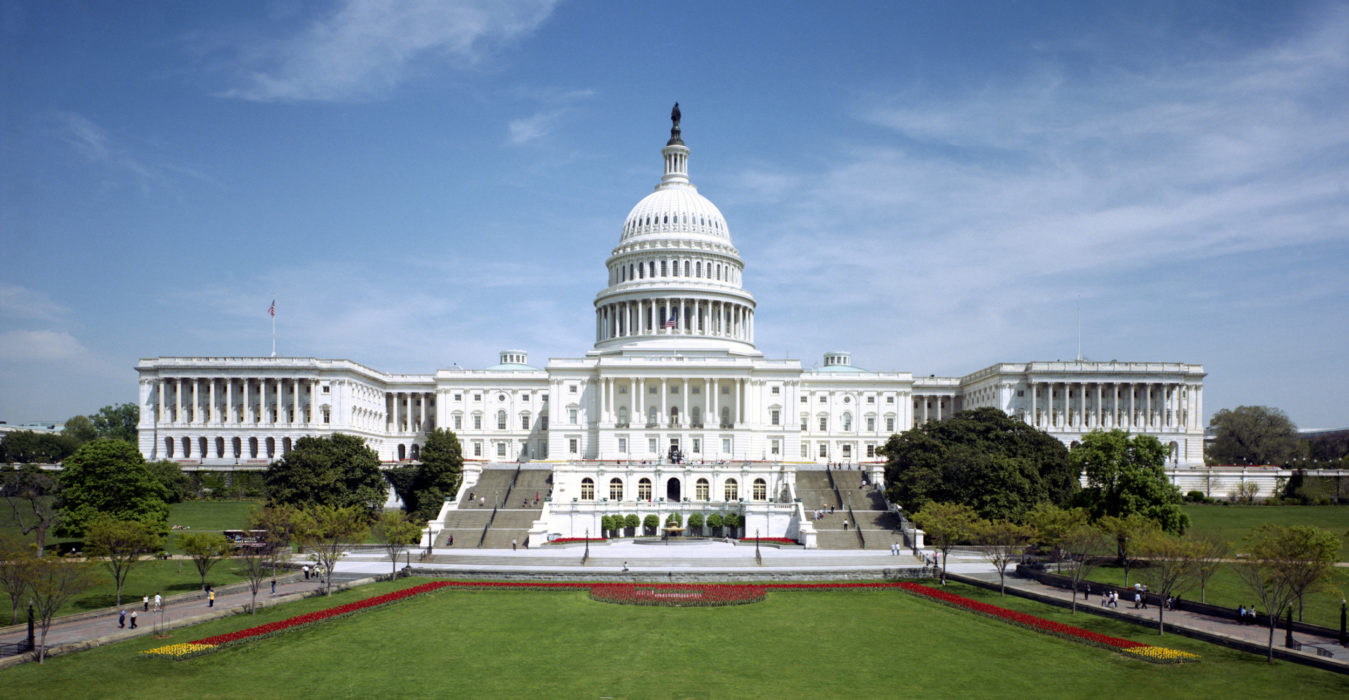
Courtesy of Warner Norcross + Judd
On June 5, 2020, President Trump signed the Paycheck Protection Program Flexibility Act of 2020 (PPP Flexibility Act) into law. The PPP Flexibility Act provides the following:
- Extends the PPP loan maturity date from two years to five years. This provision only applies to PPP loans made on or after June 5, 2020, or to any existing loan if the borrower and lender agree to amend the loan documents to provide for a five-year maturity.
- Extends the covered period for using loans from eight weeks to the earlier of 24 weeks after the loan is disbursed, or December 31, 2020. Existing borrowers can still elect to use an eight-week covered period.
- Extends the deadline for rehiring employees who were laid off or whose salaries were reduced prior to April 26, 2020—for purposes of avoiding a reduction in loan forgiveness—from June 30, 2020, to December 31, 2020.
- Creates an exemption from rehiring requirements—for purposes of avoiding a reduction in loan forgiveness—if the employer is able to document the following:
- An inability to rehire individuals who were employees on February 15, 2020, and an inability to hire similarly-qualified employees for unfilled positions on or before December 31, 2020; or
- An inability to return to the level of business activity the business was operating at before February 15, 2020, due to compliance with certain federal sanitation, social distancing and worker or customer safety requirements.
- Requires businesses to use 60% of loan proceeds on payroll costs (rather than 75%) and allows up to 40% of loan proceeds to be used for non-payroll costs.
- Extends the PPP loan repayment deferment period to either: (a) the date on which the amount of forgiveness is remitted by the Small Business Administration (SBA) to the lender; or (b) 10 months after the last day of the covered period if the borrower fails to apply for loan forgiveness within that 10-month period.
- Allows an employer that receives a PPP loan to defer certain payroll taxes.
While the PPP Flexibility Act is intended to provide more flexibility for borrowers, it also creates some new ambiguities. For example, if the employer elects to use the 24-week covered period, they may have to maintain employment levels during the entire 24 weeks (subject to certain exemptions noted above and ones previously proved by the SBA in its prior guidance). The SBA and Department of Treasury will likely provide additional guidance and clarification.
The rules surrounding PPP loans are complex and business specific. If you have concerns about the rules, please contact Warner Norcross + Judd or your attorney.